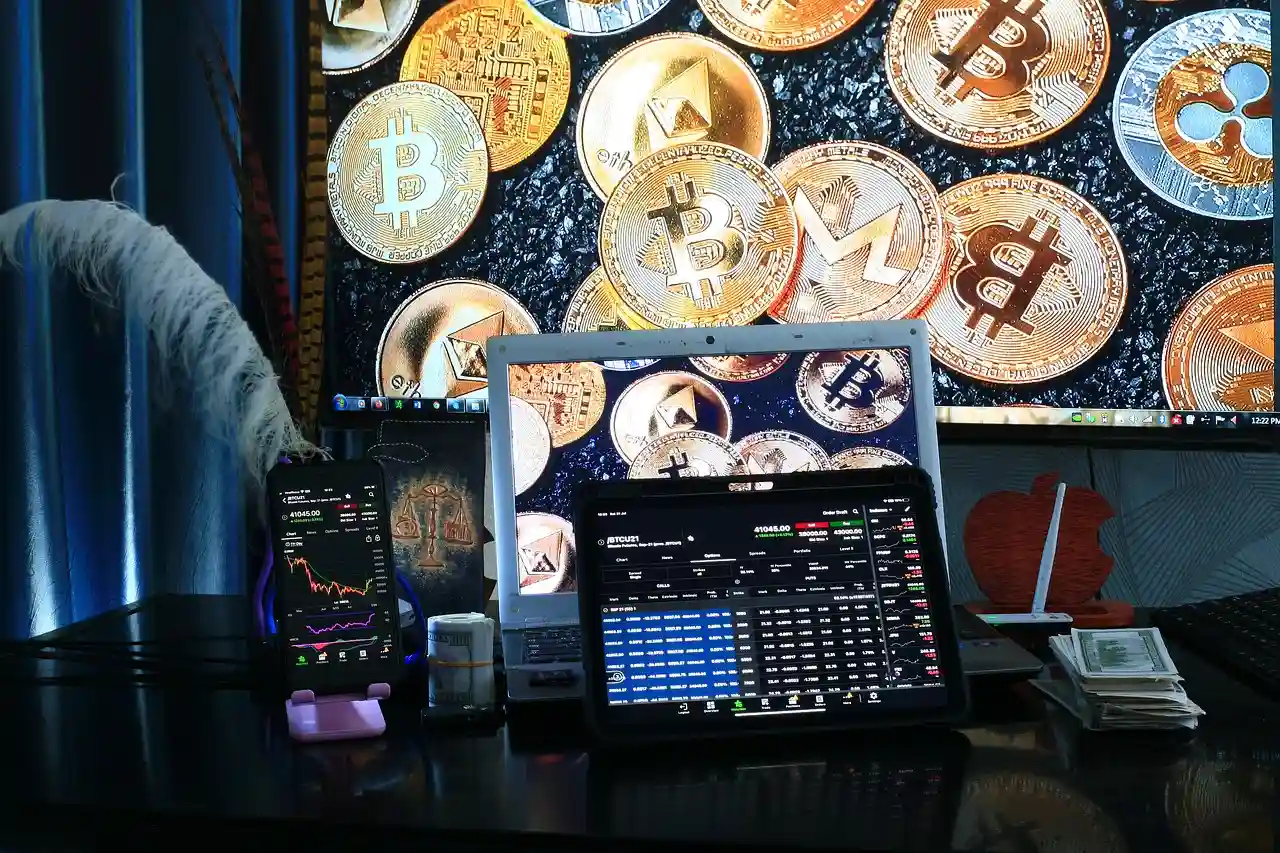Welcome to our tokenomics course. The purpose of this course is to introduce the fundamental concepts to beginners in an accessible manner. You can see the topics covered in the contents box below. If you prefer a video summary instead, you can find that underneath the contents box.
Contents
What is tokenomics?
We can define tokenomics as the pursuit of understanding the economics of token markets. It is an inquiry into issues such as how prices of digital tokens are formed, why people want to own various types of tokens, and how digital tokens are created, distributed, and governed. In what follows, we begin by discussing decentralization and tokenization. This is because they have been key innovations in driving the demand for digital tokens. Later, we explain both the supply side and the demand side of the market.
Decentralization: Blockchain technology
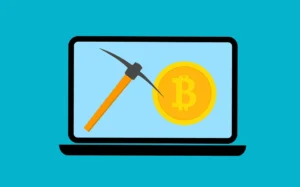
The invention of Bitcoin, the first cryptocurrency, was driven by a desire for creating a decentralized currency. The idea was to develop a secure, peer-to-peer network that facilitated “money” transfers without reliance on intermediaries such as banks. This resulted in the creation of blockchain technology. You can imagine the blockchain as a ledger of transactions that is publicly available. That is, it can record transactions such as “person A sent 10 bitcoins to person B on September 1, 2021 at 1pm.”
As the name suggests, a blockchain is essentially a chain of blocks! Each block represents a transaction and is uniquely identified via its hash, which you can think of as an id number. Moreover, each block stores the hash of the previous block, enabling the creation of a unique chain. Finally, we call the very first block the genesis block as there are no transactions prior to that.
A key technological feature of blockchain is that it is extremely hard for someone to tamper with the information stored in blocks. In other words, parties involved in a transaction (e.g., a bitcoin trade) can be confident that once their transaction is recorded and verified by the network it can’t be tampered with. This high level of security is achieved by transparency, hashes, and proof-of-work.
Tokenization: Smart contracts
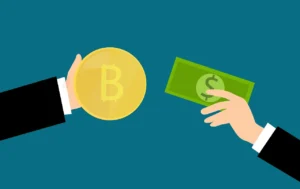
Cryptocurrency markets reached a new milestone with the introduction of Ethereum in late 2013. Ethereum took the original blockchain technology one step further by facilitating the validation of complex smart contracts rather than just simple transactions. For example, smart contracts can hold the transfer of funds from one party to another until the conditions of the contract are met.
Another innovation brought by Ethereum is non-fungible tokens (NFTs). Cryptocurrencies such as bitcoin and ether are fungible tokens. That is, each bitcoin unit is identical to one another. Thus, they are interchangeable. The same is also true for fiat money: Think of $1 bills, they are all printed identically. In contrast, NFTs are used to verify ownership of unique assets.
If you would like to learn more about these two distinct types of tokens, we explain them in detail here:
Demand and supply for crypto assets
Both decentralization and tokenization have fuelled the interest in digital tokens. The ability to prove ownership and transfer of “money” (fungible tokens) and “unique assets” (non-fungible tokens) in a secure way and without intermediaries is highly appealing. So, the boom in digital tokens hardly comes as a surprise. An important question remains though: How is the price of a digital token determined? For example, why was Bitcoin worth a few dollars in 2011, while its price exceeded $60,000 in 2021? This is what we focus on next in our tokenomics course.
A fundamental principle in economics is that asset prices can be determined in markets through the forces of supply and demand. In particular, an equilibrium price emerges at the point where the demand equals the supply. Otherwise, there is either excess demand or excess supply of the asset. This principle applies within the context of tokenomics as well. We have already discussed that there is demand for fungible tokens to be used as digital currencies and for non-fungible tokens to prove ownership of unique assets. However, we haven’t discussed the supply side of the market so far. This is what we do next.
Initial coin offerings
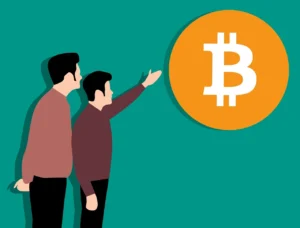
A common way of launching fungible tokens is through an initial coin offering (ICO) whereby the issuer sells tokens (or coins) to the public. This resembles an initial public offering (IPO) whereby a private firm sells shares to the public for the first time. Issues can pre-mine tokens before the ICO. The idea with pre-mining is to reward certain parties such as founders and early investors in the project. This is similar in principle to rewarding entrepreneurs and venture capitalists with shares before the IPO. Investors in ICOs should be wary of the extent of pre-mining. This is because a large sale of pre-mined tokens after the ICO would act as a supply shock and depress the price.
In what is called a fair launch, no pre-mining takes place before the tokens are sold to the public. In fact, there may not even be an ICO, such that the tokens are distributed via mining, for example. Viewed in this way, Bitcoin is a case of a fair launch.
Inflationary vs deflationary models
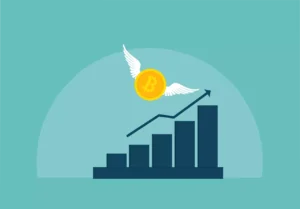
The next topic in our tokenomics course is the distinction between inflationary models and deflationary models.
When a token is inflationary, new coins are added to the system over time, and there is no limit on the maximum supply. For example, miners can be rewarded with coins when they successfully mine new blocks. Or, new coins can enter the system via coin offerings. This bears a similarity to fiat money: For example, the US dollar does not have a maximum supply, and its supply tends to (slowly) grow over time as the Federal Reserve makes injections to the system.
In the case of a deflationary token, there is normally a maximum supply that can’t be exceeded. Furthermore, in some cases, the issuer can reduce supply through token buybacks. That is, they can purchase tokens in the open market, take them out of circulation, and then burn them to reduce the total supply. This supply shock would cause an increase in the token price.
Circulating supply, total supply, and maximum supply
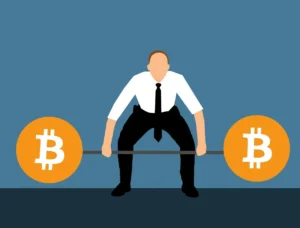
In the case of Bitcoin, miners are rewarded a certain amount of bitcoin each time they create a new block. This is essential to the functioning of the blockchain. Importantly, the number of bitcoins they get as a reward is reduced over time. More specifically, it goes down by half for every 210,000 blocks mined. We call this halving (or halvening).
The process of halving imposes a cap on the supply of Bitcoin. The maximum supply of Bitcoin is fixed at 21 million, a figure which can’t be exceeded. Compare this to the circulating supply: The number of coins currently circulating in markets. You should not confuse this with the total supply: The total number of coins created so far, some of which may not be in circulation.
To make an analogy, when firms conduct an initial public offering, pre-IPO owners retain a fraction of ownership, say 60 million shares, while a certain number of shares, say 40 million, is sold to the public. In this case, the total number of shares is 100 million (the total supply) but only 40 million shares freely float on stock exchanges (the circulating supply).
Investment risks
While innovations such as decentralization and smart contracts drive the demand for digital tokens, many investors still lack the confidence to purchase digital tokens due to certain investment risks.
In the case of cryptocurrencies, high levels of volatility and potential price bubbles are a major concern. Even though major cryptocurrencies such as Bitcoin experienced stellar price gains over long stretches of time, they also experienced wild swings in value in short spans. For most retail investors, it might be very challenging to ride out such extreme levels of volatility or to survive bursting bubbles.
Fraudulent activities such as ICO scams are another point of concern for potential investors. This is particularly more so as investors have much less protection in crypto markets compared to stock markets, for example. Ultimately, this is an issue of regulation, and crypto markets may end up facing stricter regulation over time.
Potential investors also need to worry about the risk of cryptocurrency exchange hacks. In 2014, hackers gained access to Mt. Gox, which was the largest Bitcoin exchange at the time. The amount of Bitcoin stolen was worth nearly half a billion US dollars. Mt. Gox quickly went bankrupt, and the Bitcoin price went downhill. Unfortunately, this was neither the first nor the last hack of a cryptocurrency exchange: See a comprehensive list here. So, even though investors need not worry about the security features of reputable cryptocurrencies, they are right to be concerned about trading their coins on cryptocurrency exchanges, which tend to be vulnerable to attacks.
Summary
In our tokenomics course, we’ve explained the key innovations that led to the boom of crypto markets: decentralization and tokenization. Moreover, we’ve delved into factors that affect valuation: ICO characteristics, deflationary vs inflationary models, and supply characteristics. We’ve wrapped up the course with a discussion on investment risks such as high volatility, bubbles, scams, and hacks.
What is next?
If you have enjoyed our tokenomics course, we’d recommend you check our other courses and tutorials as well.
Finally, if you’ve got any feedback for us or any questions related to this tokenomics course, you can get in touch with us here.

